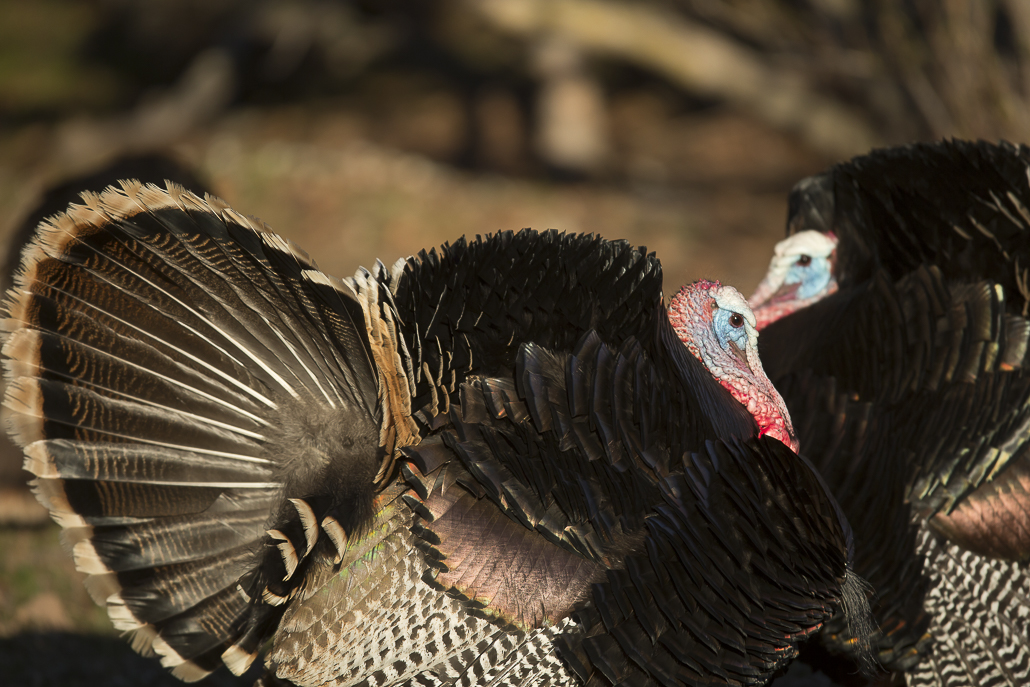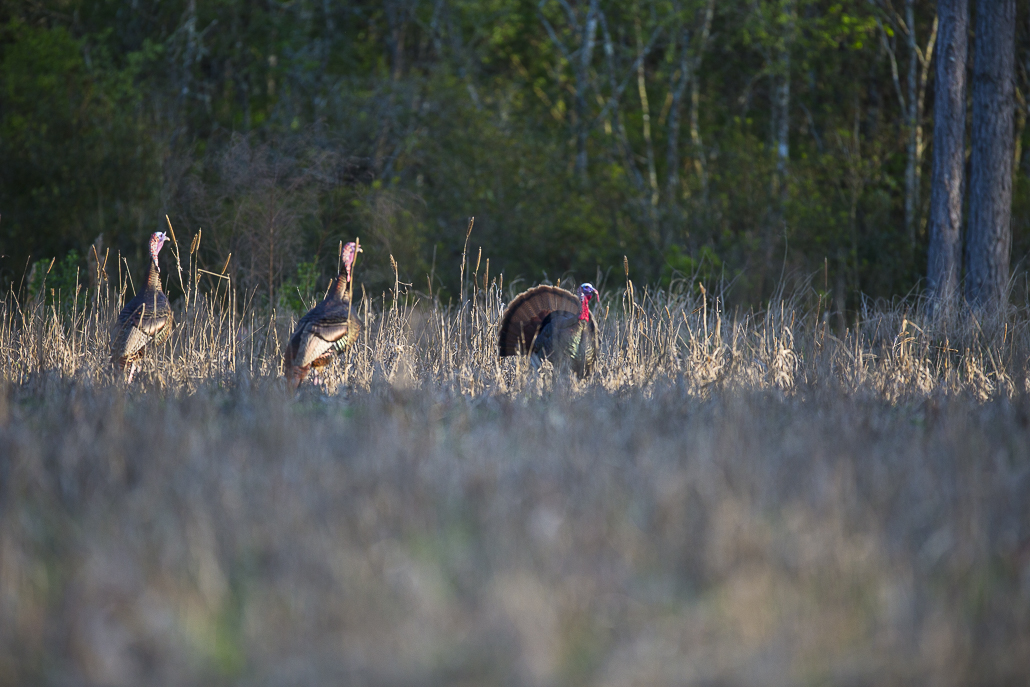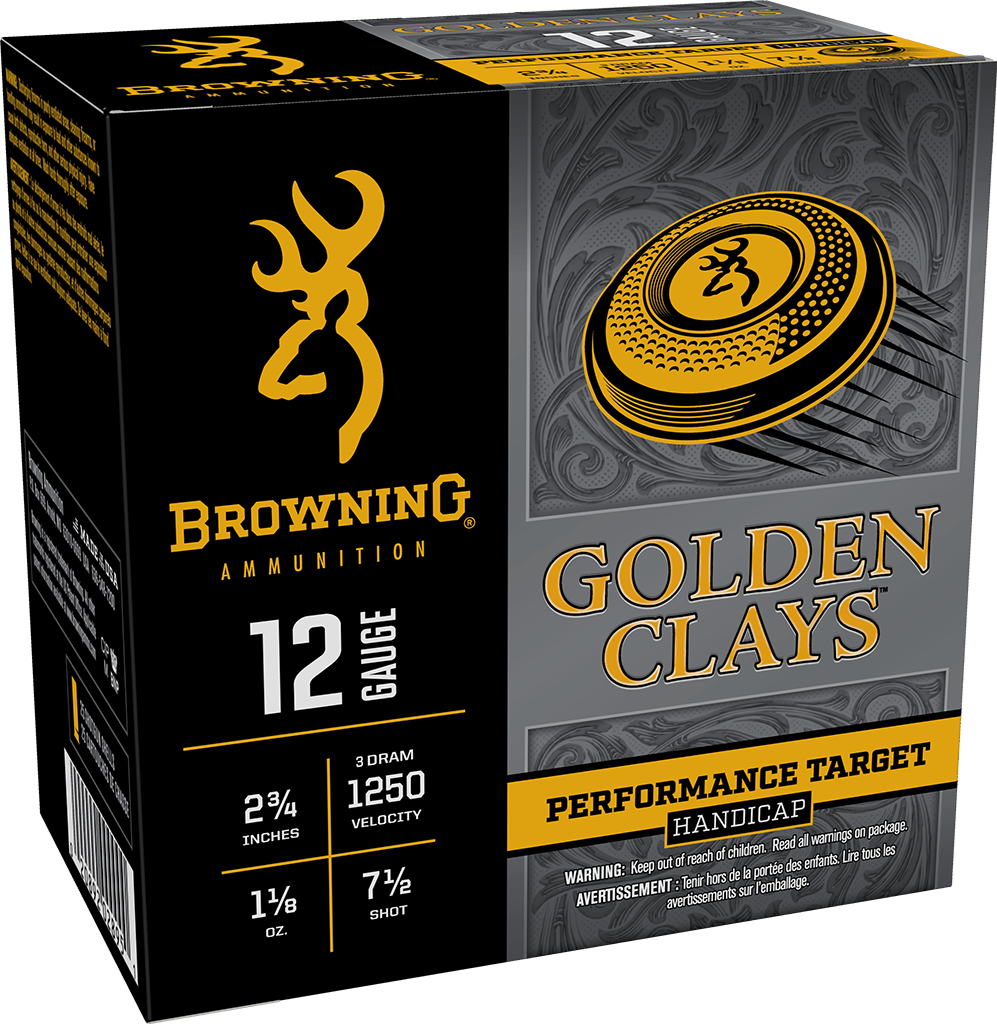Slams of Turkey
Once-famous names grow obscure, then often unknown.
Grancel Fitz was a well-regarded photographer in the New York advertising world of the 1930s and ’40s. He was also equally famous as a big-game hunter. He was one of the main authors of the trophy measuring system in use by the Boone and Crockett Club. And he was recognized as the first hunter to take all the, then, two-dozen different categories of big-game in the B&C book, including ones more or less out of reach these days, such as jaguar, polar bear, and walrus, most of which he took with a 30-’06. (North American Head Hunting is his 1957 book on his quest.) And you have probably never heard of him.


What you have heard of is a phrase he coined in a magazine article in the late 1940s, talking about the bare handful of hunters who had, like he, at the time taken the four kinds (Dall, Stone, bighorn, and desert) of North American wild sheep. Fitz’s name for this accomplishment was “grand slam,” which before its use in baseball was a term in contract bridge for winning all 13 tricks.
Today, the number of documented “Grand Slammers” is more than 2,000; and nine-types of sheep, including Fannin and California bighorn, are listed by the Grand Slam Club/Ovis organization, the official records keeper. A modest estimate of the cost of taking a classic four-sheep Grand Slam, starting today without the benefit of drawing permits, would be about $150,000, or the price of single-family housing in many parts of the country. Which makes a slam of wild turkeys look more and more attractive as time goes by.

Like wild sheep, there have been four traditional U.S. types of wild turkeys that hunters have pursued: of course, the Eastern–think the first Thanksgiving, though that meal was as much lobster and clams as turkeys–the Osceola of Florida; the Rio Grande of the plains of Texas, Kansas, and Oklahoma; and the Merriam’s of the Rocky Mountains. The Gould’s is also recognized in the desert Southwest of Arizona, New Mexico, and northern Mexico; and some even identify a Southern Mexican wild turkey that is thought to have been the origin of the domestic turkey the Conquistadors introduced to Spain and Europe. In addition, there is a separate, second species of Northern-Central American wild turkey, the ocellated of the Meso-American jungles, named for the peacock-like iridescent “eyes” (ocelli) on their tails.
For a cost considerably less than a Grand Slam of sheep, a hunter can take a turkey slam, and see some of the more fascinating hunting habitats on the continent, and even off. Many states, such as Texas, offer a hunter the opportunity of taking more than one type of bird (in Texas, Eastern and Rio Grande); and a well-planned single season of turkey hunting, if the luck runs hot, could see a hunter taking a four-bird slam from as few as three states.
Turkey slams, though, are far from over with the taking of the four U.S. birds. Add the Gould’s and you have earned the Royal Slam; with the ocellated, a World Slam is achieved. There are also specialty slams, such as the Mexican Slam for Rios, Gould’ses, and ocellateds. Take an Eastern and Merriam’s from the Canadian provinces they inhabit (Ontario, Quebec, Manitoba, Alberta, or British Columbia) and you have, you guessed it, a Canadian Slam. There is even the Olympian task of taking the U.S. Super Slam, which is one turkey from every state in the Union, including Hawai‛i, where they are found (only Alaska lacks a huntable wild-turkey population).
Browning offers a wide selection of loads for turkey hunters in both 3- and 3½-inch TSS Tungsten Turkey cartridges. The choices are in No. 7 and 7 & 9 duplex buffered Tungsten Super Shot payloads that are nearly 60% denser than lead, carry energy further and hit turkeys harder. Browning also has a 3-inch 20 gauge with No. 7 and 7 & 9 duplex and 3-inch 410 in No. 9.
When turkey hunters wonder what the optimum shot-size, load, and cartridge length is for taking down long beards, the only answer is what shoots best from their individual guns; and the only way to determine that is to practice on targets before heading out to the woods. There is really no other formula.
So now is the time to see what your turkey gun is most partial to. Because like that journey of a thousand miles that begins with one step, whatever kind of turkey slam you set your heart on, whether two, four, five, six, or 49 birds, you won’t get there without taking that very first turkey.
Follow Browning Ammunition’s social media channels for more hunting and shooting tips and updates on Browning Ammunition supported events and promotions on Facebook, You Tube, Instagram and Twitter.




